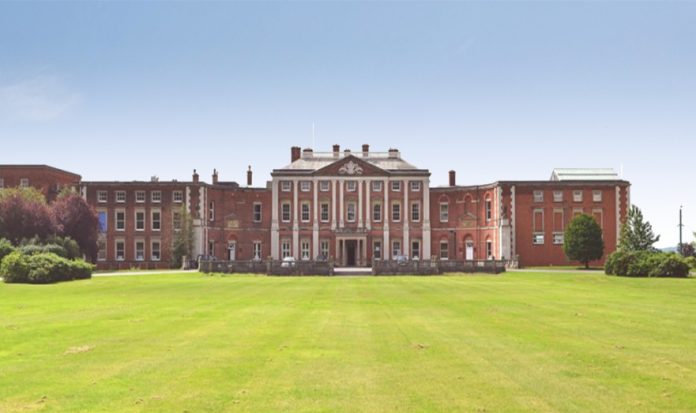Richard Walker, national technical and development manager at Peter Cox, discusses the firm’s work in rescuing historic buildings affected by damp, woodworm infestations, structural damage and more
Britain is globally renowned for its historically significant architecture. Historic England estimates that there are as many as 500,000 listed buildings in England alone and Visit Britain research has found that the UK is ranked fourth out of 50 nations in terms of attractiveness of building heritage. This is a significant draw for tourists and has important flow-on effects to the economy.
Almost every town and village has a unique building with an Edwardian, Victorian or even Tudor twist. From churches, castles, train stations to stately homes, visitors love these historic structures for their stories and charm.
Upkeep and maintenance on more than half a million listed buildings in the country is a difficult task. As a result, many historic buildings that are no longer in use are renovated and updated to serve new purposes – such as community centres, retail spaces, restaurants or accommodation. There are benefits to this – they make attractive premises for new owners and ensure that these historic buildings continue to play a role in their community rather than falling into disrepair.
However, these renovation projects require careful consideration to preserve the building’s heritage. Proper maintenance of these structures is paramount so that they can continue to be enjoyed by future generations. This is where Peter Cox comes in. Our surveyors and technicians are experts in the restoration and renovation of heritage buildings.
Case by case
The history of each property is crucial to understand and each case must be assessed individually before undergoing a renovation or restoration project. For example, if a building has an array of different period styles then it can create a complex restoration process, while other buildings may consist of different materials, owing to various repair works that have taken place across their lifetime. Many, particularly stately homes, will have unique plaster details and ornate timber panelling in them, which means careful consideration of the job to ensure the building retains its character.
For this reason, we have expertise in sourcing everything from lime plasters through to large sectioned reclaimed timber beams and we also have a network of skilled purpose made joinery manufacturers.
Examples of success
Recently, we helped to renovate Stanford Hall, an estate that dates back to 1558 – when it was first granted to a goldsmith favoured by Queen Mary I. The hall reopened in 2018 as part of the Defence & National Rehabilitation Centre (DNRC).
Not only does the building now reflect its original splendid state, it now accommodates up to 300 injured servicemen and women. It was all made possible with funding of donors and the Duke of Westminster, who bought the estate in 2011.
We were asked to undertake a survey of Stanford Hall in 2014. During this initial inspection our surveyors identified dry rot in multiple locations, including the roof voids and the basement. We returned in early 2015 with trained sniffer dogs to detect dry rot not visible due to its location in voids and beneath floors.
Following an extensive assessment report, we were selected to help renovate the property. This included work dry rot and woodworm treatments and a basement conversion with below ground waterproofing. Multiple timber resin splice repairs were completed on the main roof and structural timbers as the joists and beams had become decayed by the dry rot.
Technicians also removed and catalogued the floorboards to inspect and remove affected timbers. Fungicide treatments were carried out to areas of wood that could be preserved. Finally, we also sprayed the wood to protect it against further insect attack. Treatment like this coats the surface of the wood and penetrates up to 3mm, to poison and kill the adult beetle as it leaves the timber and provide protection from future infestations and greatly reduce the risk of further damage.
Final words
Renovation and restoration is a complex process – the type of building, its former use and its intended future use must be carefully considered. With vast experience working on projects including Buckingham Palace, the Houses of Parliament and Balmoral Hotel in Edinburgh, Peter Cox are the experts in property preservation.
As well as fungal decay treatments, Peter Cox can help with problems such as rising and penetrating damp, woodworm infestations, structural repairs and basement waterproofing.
Whether you own a listed building in need of restoration, or a property in disrepair, get in touch by calling 0808 1208 737 to book a specialist survey and we will be able to advise you on any work that may need doing.
Peter Cox has branches and local qualified surveyors throughout the UK, and work carried out will come with a long term guarantee, up to 20 years for some services.
Peter Cox are a member of the Property Care Association (PCA), British Structural Waterproofing Association and are Trustmark, Constructionline and Safecontractor approved.
Peter Cox Ltd
Tel: 0808 1208737
Please note: this is a commercial profile.














